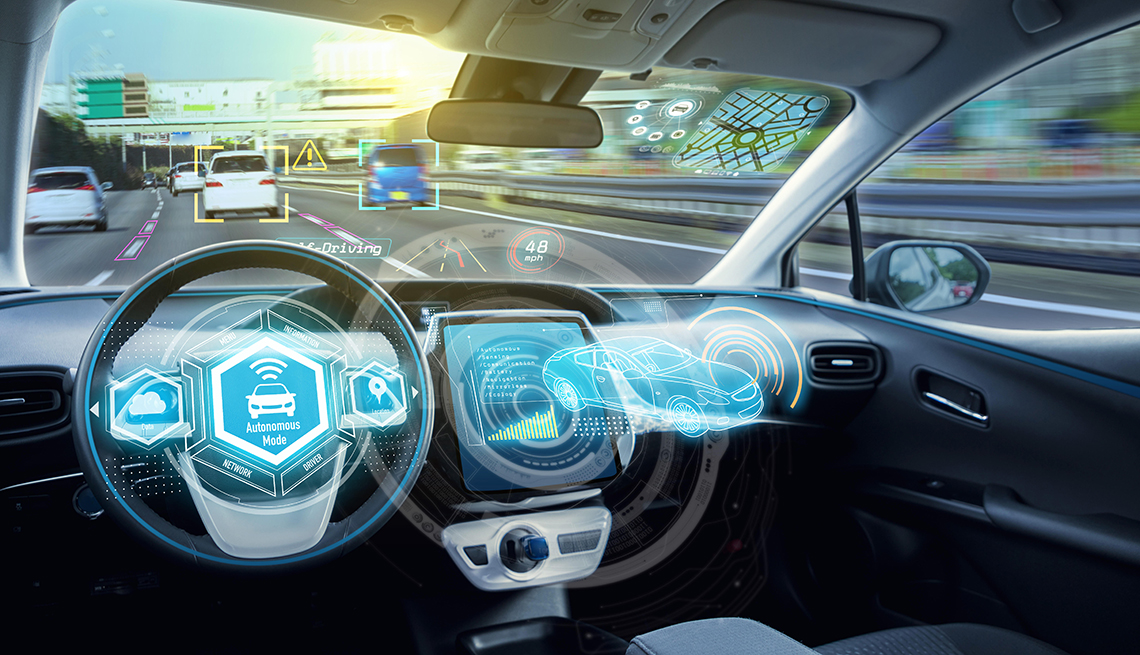
Self-driving cars: a guide to technology and safety
- Select a language for the TTS:
- UK English Female
- UK English Male
- US English Female
- US English Male
- Australian Female
- Australian Male
- Language selected: (auto detect) - EN
Play all audios:

Smith adds that while self-driving cars are offering a range of new legal and ethical issues, lawmakers haven't always been quick to address them. To date, 29 states have passed
legislation that allow automated vehicles to be tested. Smith points out that Arizona, the state where cars are being tested, has no law in effect. Kristoffer Tripplaar / Alamy Stock Photo
PUBLIC SKEPTICISM Getting drivers to trust self-driving cars remains a significant roadblock as well. Recent incidents of fatalities — including a pedestrian killed last spring in Tempe,
Ariz., by a self-driving car operated by Uber — haven’t helped. Uber paused its operations after that incident. Sarah Abboud, an Uber spokesperson, says the company has been “conducting a
top-to-bottom review of our development practices” that is yielding safety improvements the company is implementing. Brian Wolf, head of business strategy for Ford Autonomous Vehicles LLC,
says that safety is paramount. One possibility for manufacturers, he suggests, would be to install a light bar on the top of the vehicle as a way to signal to pedestrians when it is about to
stop and take off and go. Older drivers could be the hardest to convince of the value of self-driving cars. A 2017 J.D. Power survey found that only three percent of boomers and two
percent of preboomers would “definitely trust” fully automated technology. A 2018 MIT AgeLab survey indicates that only 15 percent of adults age 55 to 64 and 11 percent of those age 65 to 74
said they were comfortable with full-self driving, compared to 33 percent of those age 24 to 34. “Older drivers stand to benefit the most from these types of vehicles, but survey after
survey show that they’re the least trusting of them,” says Bobbie D. Seppelt, a research scientist at AgeLab. But Seppelt adds that most older adults who favor fully automated cars have
driven vehicles with driver-assistance technologies such as lane-keeping assist and blind-spot monitoring: “It would suggest the older demographic needs experience for them to feel
comfortable with the technology.” BUILDING TRUST So as the industry sweats over the technological and legal issues, it's simultaneously trying to demystify the concept and demonstrate
its potential — especially for the older generation. A pilot project run by Voyage, a transportation company in Palo Alto, Calif., that has focused on bringing autonomous vehicles to
retirement communities, recently brought three autonomous Ford Fusions to the 4,000 residents of the Villages Golf and Country Club, a retirement community in San Jose, Calif., for several
months. It was a hit. Villages residents Daniel Grim, 68, and his wife, Irene, 67, for example, traveled in the self-driving car twice a day for four months, primarily to the fitness center,
and were impressed — especially when the vehicle was successfully able to navigate one of the community's most difficult intersections. That experience, says Irene, helped sell her on
the technology: “I felt safe."
